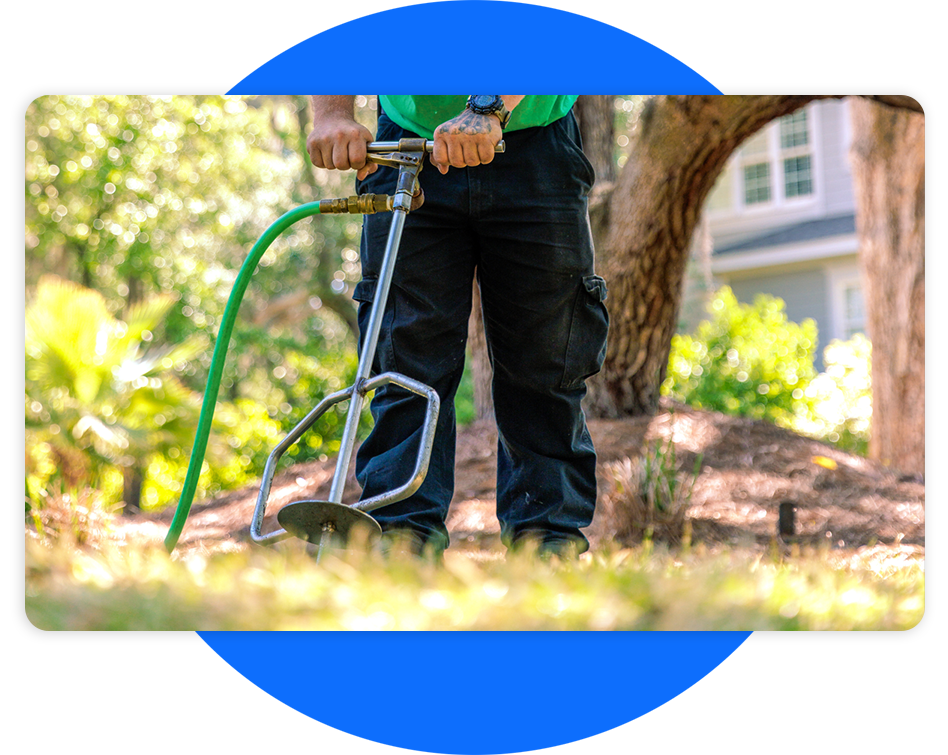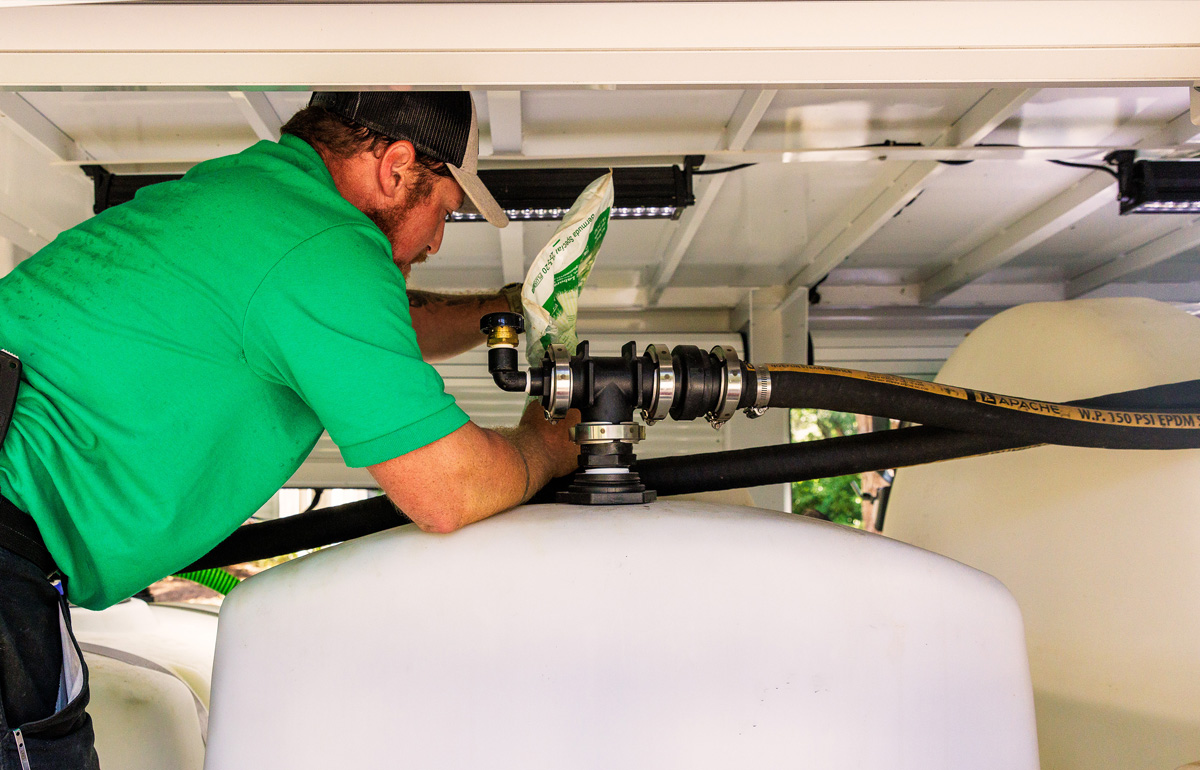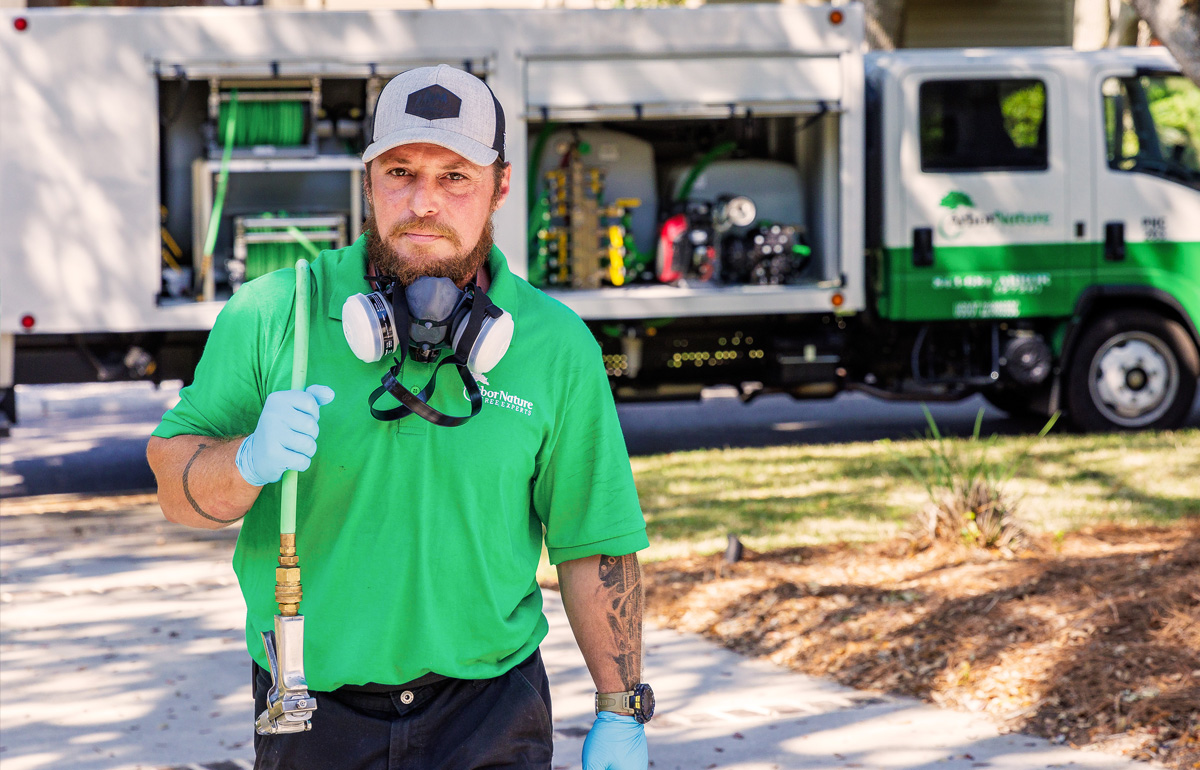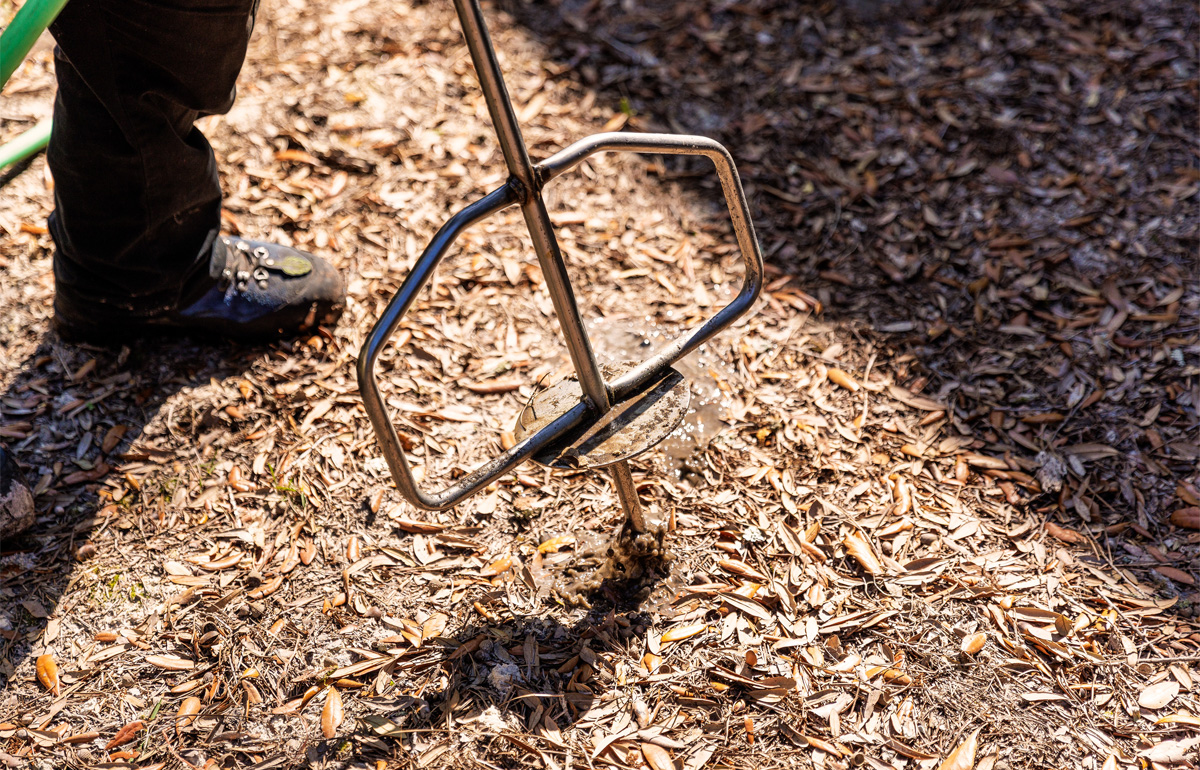Tree Fertilization Service
Healthy trees are fertilized trees
When you have a beautiful landscape, fertilizing your trees will keep it that way.

It can be easy for your trees to get malnourished
Like other living things, trees require certain essential nutrients to function and grow. For trees growing in a forest environment, these nutrients are usually present in sufficient quantities in the soil.
However, landscape and urban trees grow in soils that often do not contain sufficient nutrients. Fallen leaves and other plant parts are regularly raked up and removed, disrupting nutrient cycling and the deposition of organic matter back into the soil.
As a result, the trees on your property are forced to compete with grass and other plants for the remaining supply of nutrients and water. Common problems like soil compaction and root damage can exacerbate this issue, leading to serious nutrient deficiencies in your trees.

Custom Tree Nutrition Plans
The ArborNature Tree Healthcare Program reintroduces vital nutrients back into the soil of your landscape, at specific intervals, based on the needs of your trees.
Factors such as soil conditions, location, age and health of the species, weather, and stress conditions are all considered in the tree fertilization formula ArborNature develops for your property.
Soil and foliar analysis
The most accurate way to determine a tree's nutritional needs is to obtain laboratory analyses of the soil and leaves. At ArborNature, we provide both soil and foliar testing which gives precise information about the presence of essential elements, soil pH, organic matter, and cation exchange capacity.
After proper soil testing and foliar analysis, ArborNature then develops a unique tree fertilization formula that is customized based on the specific needs of your tree. Our tree fertilization formula typically contains a combination of one or more of the following ingredients:
- Macronutrients – slow-release nitrogen, phosphorus, potassium, and sulfur, which can increase growth, and reduce susceptibility to certain diseases and pests.
- Micronutrients – slow-release iron, manganese, and zinc, which can have devastating effects on the health of the tree when deficient.
- Mycorrhizae – an essential fungus found in the soil, which improves the plant's mineral and water absorption capabilities.


Fertilizer application
ArborNature will select the best method for applying the fertilizer based on the tree's situation and the type of fertilizer being used. Our three most common fertilization techniques are surface application, liquid injection, and microinjection.
Surface application
Applying fertilizer to the soil's surface is the easiest and least expensive method of fertilizing trees. The fertilizer is broadcast over the soil's surface above the tree's entire root zone using a handheld spreader. Following application, the area is thoroughly watered to dissolve the fertilizer and wash it down into the soil.
Surface application has been shown to be one of the most effective means of providing nitrogen to trees. This technique should not be employed, however, where runoff is a problem.
Liquid injection
Also known as "deep root feeding,” liquid injection is an application technique where we inject fertilizer that is dissolved or suspended in water directly into the soil.
When a tree is growing in or next to a lawn, turfgrass will compete significantly with the tree for available nutrients. Liquid injection avoids this problem by placing the fertilizer below the majority of the turfgrass roots and into the tree's fibrous root zone. This technique also better distributes the fertilizer by injecting water into the soil, helping ensure the tree takes up more nutrients.
Microinjection
Microinjection introduces chemicals directly into the xylem of the tree by placing injectors beneath the bark and cambium. This technique is most successfully used to treat micronutrient deficiencies in rapidly declining trees.
Although treatments using microinjection may yield remarkable results, repeated use can damage the tree's cambium and xylem. Because of this, ArborNature only applies microinjection techniques when soil application techniques are either impractical or ineffective, and we never perform treatments less than one year apart.
Schedule your FREE tree care consultation with one of our arborists.
Schedule now
"You recently did a major overhaul of our property with your tree trimming crew. Just want to let you know how satisfied we are with the work that was done. I would highly recommend your service to others."

